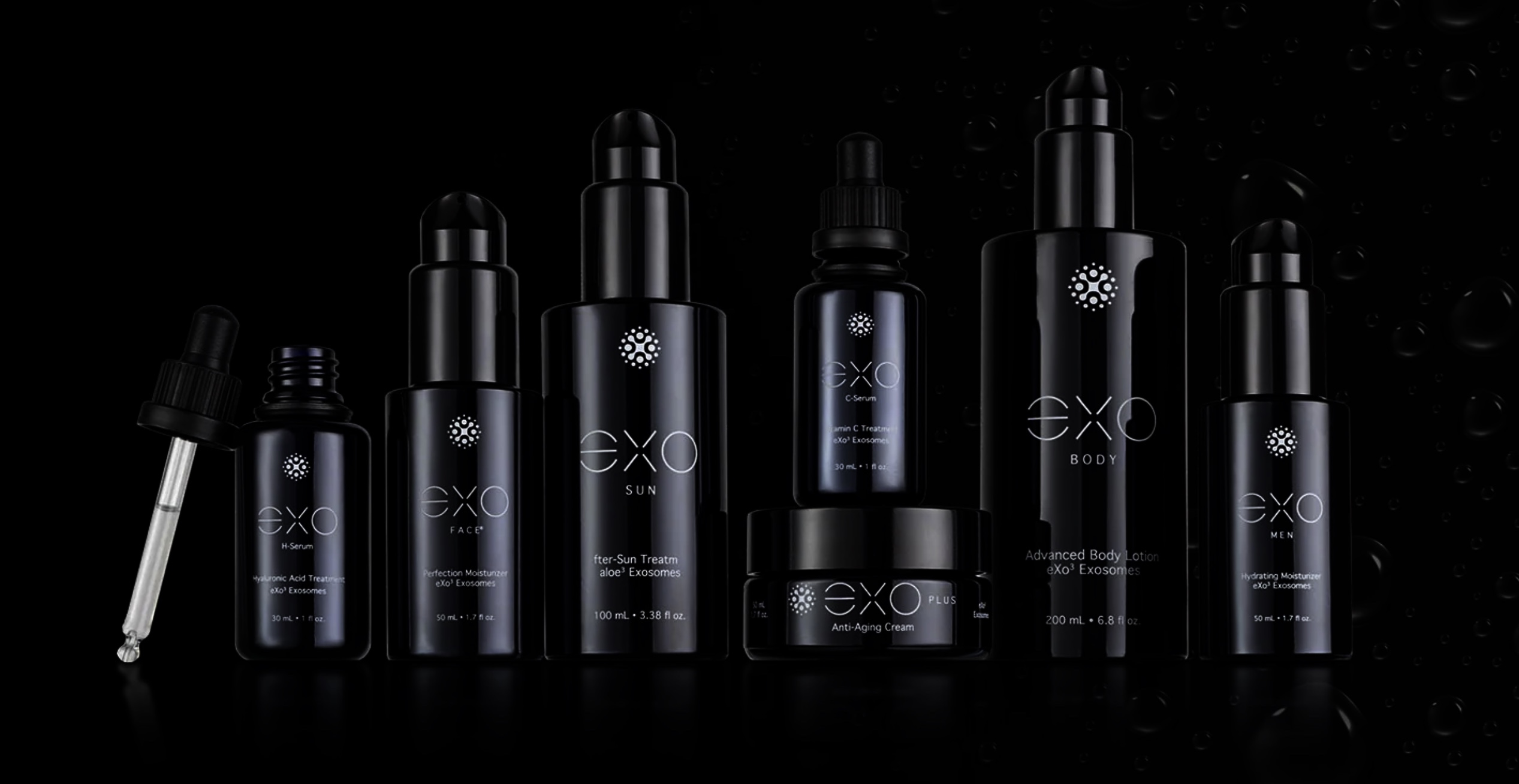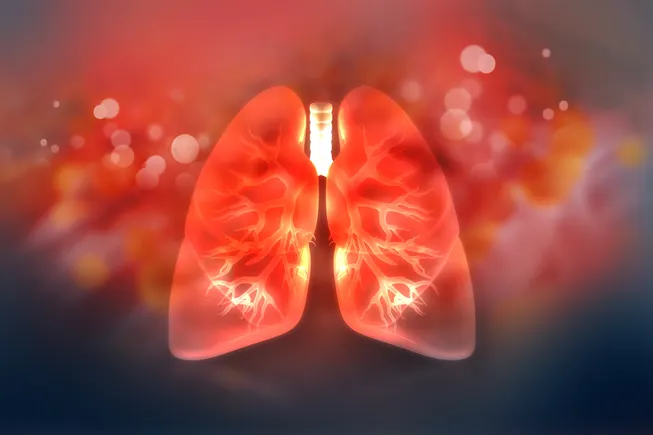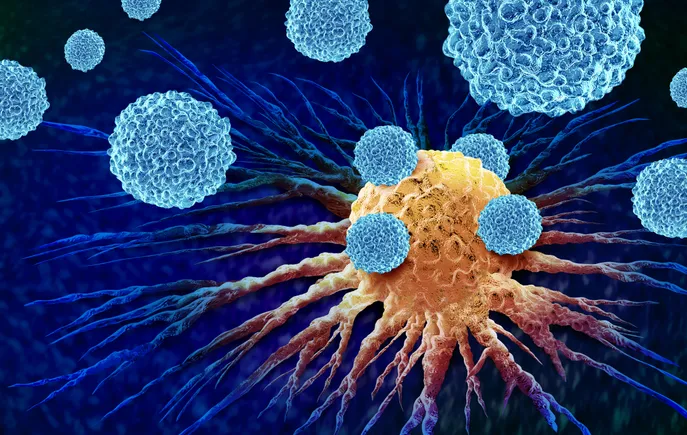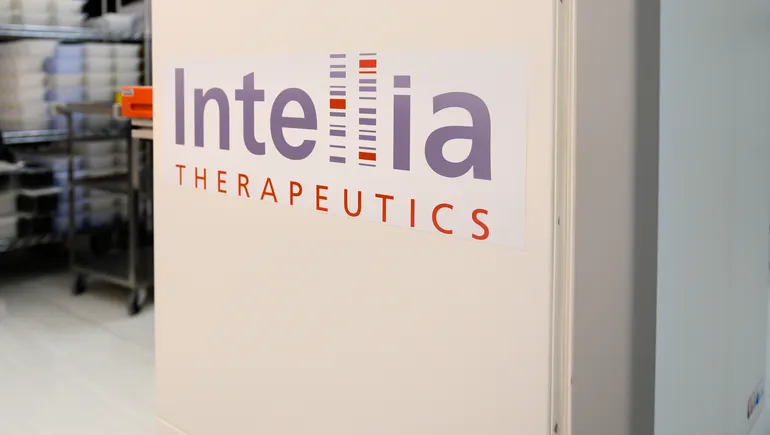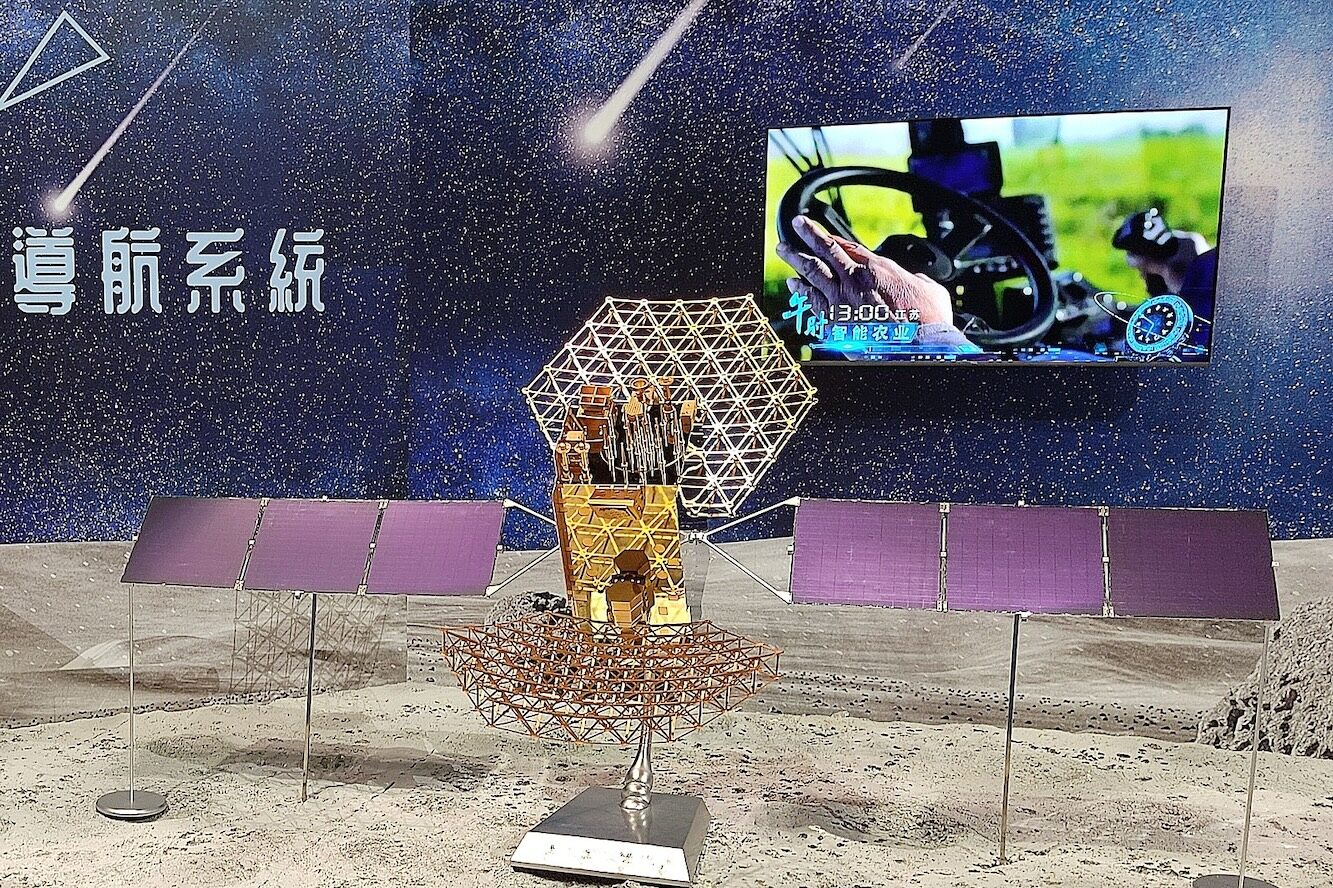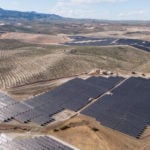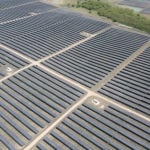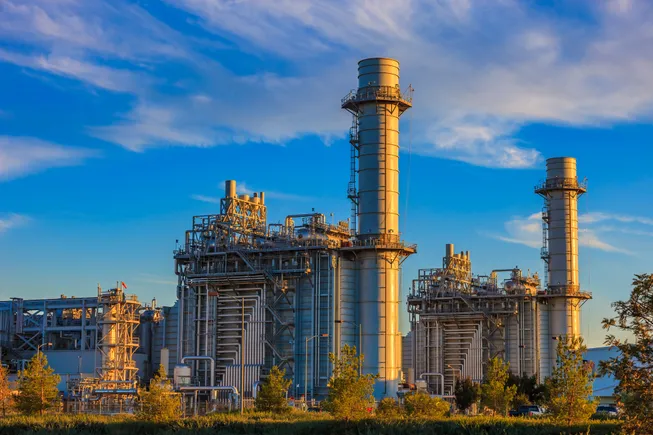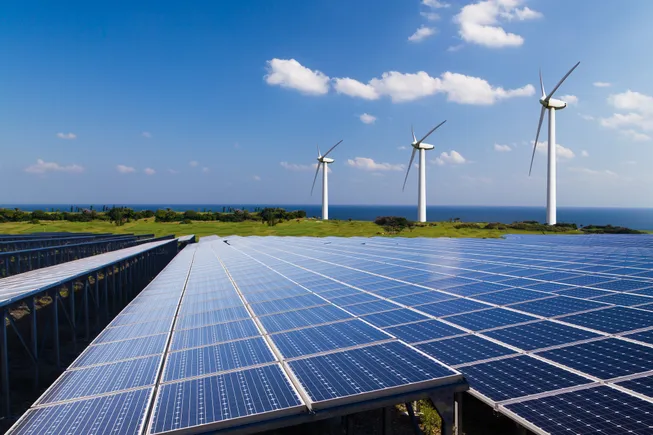Degradation of NiMo Catalyst Under Intermittent Operation of Anion Exchange Membrane Water Electrolyzer and its Mitigation by Carbon Encapsulation
Advanced Energy Materials, EarlyView.

Herein, by employing a reference electrode, the durability of anion exchange membrane water electrolyzer (AEMWE) under intermittent condition is demonstrated to be governed by the stability of the cathode catalyst. By encapsulating NiMo catalyst with carbon shells, the oxidation-induced irreversible transformation to inactive hydroxide is prevented through steric suppression of volume expansion, effectively maintaining electrolyzer performance.
Abstract
Developing durable platinum group metal (PGM)-free catalysts is critical for enabling cost-effective hydrogen production through anion exchange membrane water electrolyzers (AEMWEs). Here, this study presents NiMo catalysts encapsulated within defective carbon shells. Whereas conventional NiMo catalysts degrade rapidly under intermittent conditions with voltage changes, the carbon-encapsulated NiMo catalysts exhibit remarkable resistance to degradation with good hydrogen evolution reaction (HER) activity, effectively addressing the challenges associated with renewable energy integration. The carbon shells prevent oxidation-induced deactivation by inhibiting the structural transformation of metallic Ni into hydroxides accompanying volumetric expansion under open circuit voltage conditions. Using a reference electrode-integrated AEMWE, overpotential contributions are decoupled and demonstrated that the stability of HER catalyst is decisive for the durable AEMWE operation under intermittent scenarios. This study establishes a strategy for durable PGM-free catalyst development for sustainable and scalable hydrogen production.













































